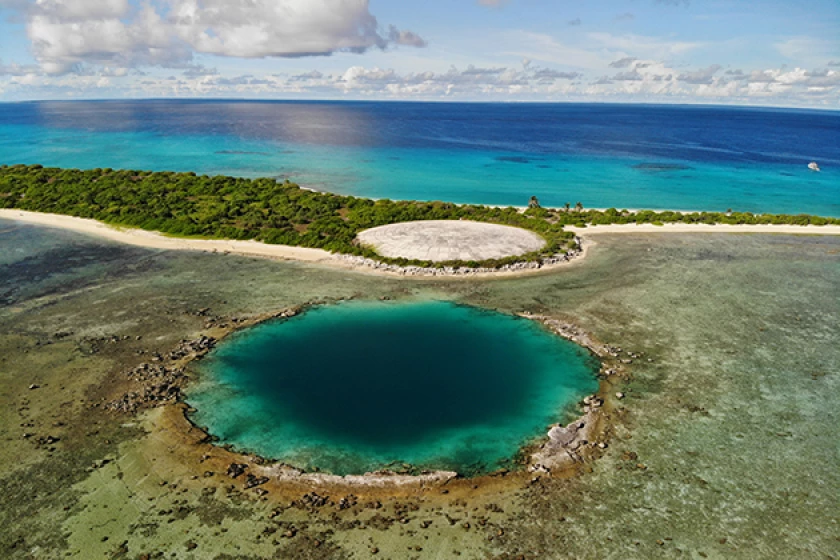

Also in 1932 Cockcroft and Walton produced nuclear transformations by bombarding atoms with accelerated protons, then in 1934 Irene Curie and Frederic Joliot found that some such transformations created artificial radionuclides. In 1932 James Chadwick discovered the neutron. Also in 1911, George de Hevesy showed that such radionuclides were invaluable as tracers, because minute amounts could readily be detected with simple instruments. Niels Bohr was another scientist who advanced our understanding of the atom and the way electrons were arranged around its nucleus through to the 1940s.īy 1911 Frederick Soddy discovered that naturally-radioactive elements had a number of different isotopes (radionuclides), with the same chemistry. He went on to develop a fuller understanding of atoms and in 1919 he fired alpha particles from a radium source into nitrogen and found that nuclear rearrangement was occurring, with formation of oxygen. In 1902 Ernest Rutherford showed that radioactivity, as a spontaneous event emitting an alpha or beta particle from the nucleus, created a different element. In 1898 Samuel Prescott showed that radiation destroyed bacteria in food. Radium was later used in medical treatment. Then in 1896 Pierre and Marie Curie gave the name 'radioactivity' to this phenomenon, and in 1898 isolated polonium and radium from the pitchblende. Villard found a third type of radiation from pitchblende: gamma rays, which were much the same as X-rays. He went on to demonstrate that this was due to beta radiation (electrons) and alpha particles (helium nuclei) being emitted. Then in 1896 Henri Becquerel found that pitchblende (an ore containing radium and uranium) caused a photographic plate to darken. Ionising radiation was discovered by Wilhelm Rontgen in 1895, by passing an electric current through an evacuated glass tube and producing continuous X-rays. Uranium was discovered in 1789 by Martin Klaproth, a German chemist, and named after the planet Uranus. Since 1956 the prime focus has been on the technological evolution of reliable nuclear power plants.From 1945 attention was given to harnessing this energy in a controlled fashion for naval propulsion and for making electricity.

Over 1939-45, most development was focused on the atomic bomb.The science of atomic radiation, atomic change and nuclear fission was developed from 1895 to 1945, much of it in the last six of those years.


 0 kommentar(er)
0 kommentar(er)
